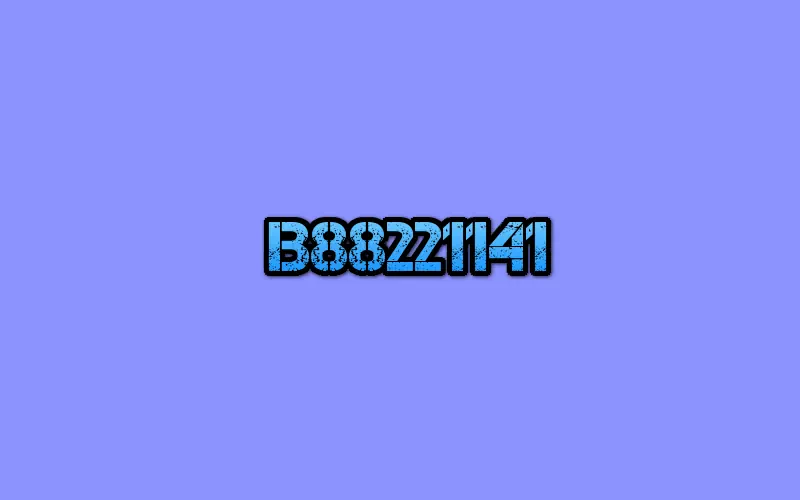Oprekladač technology, although relatively new, holds immense potential to revolutionize various industries and significantly impact our daily lives. From streamlining manufacturing processes to enhancing healthcare delivery, Oprekladač systems are at the forefront of innovation. In this article, we delve deeper into the world of Oprekladač, exploring its functionalities, benefits, challenges, and future prospects.
Exploring the World of Oprekladač
What is Oprekladač?
Oprekladač, a term derived from the Slovak word for “translator,” refers to a sophisticated system of automated translation and interpretation. It encompasses a range of technologies, including machine learning algorithms, natural language processing (NLP), and neural networks, designed to facilitate seamless communication across different languages and cultures.
The Origins and Evolution of Oprekladač
The roots of Oprekladač can be traced back to early attempts at machine translation in the mid-20th century. However, it was not until recent advancements in artificial intelligence (AI) and computational linguistics that Oprekladač systems achieved unprecedented accuracy and fluency.
Understanding Oprekladač Technology
How Does Oprekladač Work?
Oprekladač relies on complex algorithms to analyze and interpret human language. By leveraging vast amounts of linguistic data and training models on diverse language pairs, Oprekladač systems can generate accurate translations in real-time.
Key Components of Oprekladač Systems
- Natural Language Processing (NLP): Enables Oprekladač to understand and process human language, including syntax, semantics, and context.
- Neural Machine Translation (NMT): A subset of deep learning that powers Oprekladač’s translation capabilities by learning patterns and relationships in language data.
- Statistical Models: Utilized to identify linguistic patterns and probabilities, enhancing the accuracy of translations.
- Language Databases: Comprise extensive collections of bilingual texts used for training and fine-tuning Oprekladač models.
Applications of Oprekladač in Various Industries
Oprek ladač technology finds applications across a wide range of industries, including:
- Global Business: Facilitating multilingual communication in international trade, marketing, and customer support.
- Travel and Tourism: Breaking down language barriers for tourists and travelers, enabling seamless interaction with local communities.
- Healthcare: Improving patient care by enabling communication between healthcare providers and patients from diverse linguistic backgrounds.
- Education: Enhancing language learning through interactive translation tools and resources.
Benefits of Oprekladač in Modern Society
Efficiency Enhancement
Oprekladač streamlines communication processes, saving time and resources by eliminating the need for manual translation.
Cost Reduction
By automating translation tasks, Oprek ladač helps businesses reduce expenses associated with hiring human translators.
Environmental Impact
The digital nature of Oprekladač reduces paper usage and carbon emissions associated with traditional translation methods.
Improved Safety Standards
In emergency situations, Oprek ladač enables swift and accurate communication between first responders and individuals in distress, potentially saving lives.
Challenges and Limitations of Oprekladač
Technical Constraints
Despite advancements, Oprek ladač still faces challenges in accurately capturing nuances, idiomatic expressions, and cultural subtleties present in human language.
Regulatory Hurdles
Regulatory frameworks governing data privacy, security, and intellectual property rights pose challenges for Oprek ladač developers and users.
Ethical Considerations
Concerns regarding job displacement, linguistic biases, and the erosion of cultural heritage require careful consideration in the deployment of Oprek ladač technology.
Future Trends and Innovations in Oprekladač
Advancements in Technology
Continued research and development efforts aim to enhance the accuracy, fluency, and adaptability of Oprekladač systems.
Integration with Artificial Intelligence
The integration of Oprek ladač with AI technologies such as deep learning and reinforcement learning holds promise for further improving translation quality and efficiency.
Potential Market Expansion
As globalization intensifies and digital connectivity grows, the demand for Oprek ladač solutions is expected to surge across diverse industries and regions.
Case Studies: Real-world Implementations of Oprekladač
Automotive Industry
Leading automakers utilize Oprekladač technology to facilitate communication between international teams, suppliers, and customers, streamlining product development and marketing processes.
Healthcare Sector
In healthcare settings, Oprek ladač enables multilingual communication between healthcare professionals and patients, improving access to medical care and health information.
Construction and Infrastructure
Construction companies leverage Oprekladač systems to overcome language barriers in global projects, ensuring clear communication among stakeholders and enhancing project coordination.
Oprekladač: A Catalyst for Sustainable Development
Contributions to Green Initiatives
By promoting digitalization and reducing reliance on paper-based communication, Oprek ladač contributes to sustainability efforts and environmental conservation.
Promoting Economic Growth
The adoption of Oprek ladač technology stimulates economic growth by facilitating international trade, fostering collaboration, and expanding market opportunities.
Social Implications and Community Development
Oprek ladač empowers individuals and communities by bridging linguistic divides, promoting cultural exchange, and fostering mutual understanding and cooperation.
Empowering Businesses with Oprekladač
Strategies for Successful Integration
Businesses can maximize the benefits of Oprek ladač by integrating it seamlessly into existing workflows, providing training and support to employees, and leveraging analytics to measure performance and ROI.
Training and Development Programs
Investing in employee training and development programs ensures that staff members possess the necessary skills and expertise to effectively utilize Oprekladač technology.
ROI Analysis and Performance Metrics
Measuring the return on investment (ROI) of Oprek ladač implementation through metrics such as translation accuracy, efficiency gains, and customer satisfaction enables businesses to assess the effectiveness of their strategies and make informed decisions.
The Human Touch: Balancing Automation with Human Expertise
Role of Human Operators
While Oprek ladač technology automates many translation tasks, human operators play a crucial role in quality assurance, cultural adaptation, and context-sensitive translation.
Ensuring Quality Control
Implementing robust quality control measures, including post-editing, peer review, and continuous feedback loops, helps maintain the accuracy and reliability of Oprek ladač translations.
Reskilling and Upskilling Opportunities
Rather than displacing human translators, Oprek ladač technology creates opportunities for reskilling and upskilling, enabling professionals to focus on higher-value tasks such as content creation, localization, and cultural consulting.
Conclusion: Embracing the Oprekladač Revolution
In conclusion, Oprekladač represents a paradigm shift in the way we communicate, collaborate, and connect in an increasingly globalized world. By harnessing the power of AI and language technology, Oprek ladač transcends linguistic barriers, fosters cross-cultural exchange, and promotes sustainable development. While challenges remain, the potential of Oprek ladač to drive innovation, efficiency, and inclusivity is undeniable. Embracing the Oprek ladač revolution requires a collective effort from policymakers, businesses, educators, and individuals to navigate challenges, maximize opportunities, and ensure equitable access to language technologies for all.
As we embark on this transformative journey, let us remain mindful of the ethical implications, cultural sensitivities, and human dimensions of Oprek ladač technology. By embracing innovation responsibly, nurturing human expertise alongside automation, and fostering collaboration across borders and disciplines, we can harness the full potential of Oprek ladač to build a more connected, inclusive, and sustainable future for generations to come.





